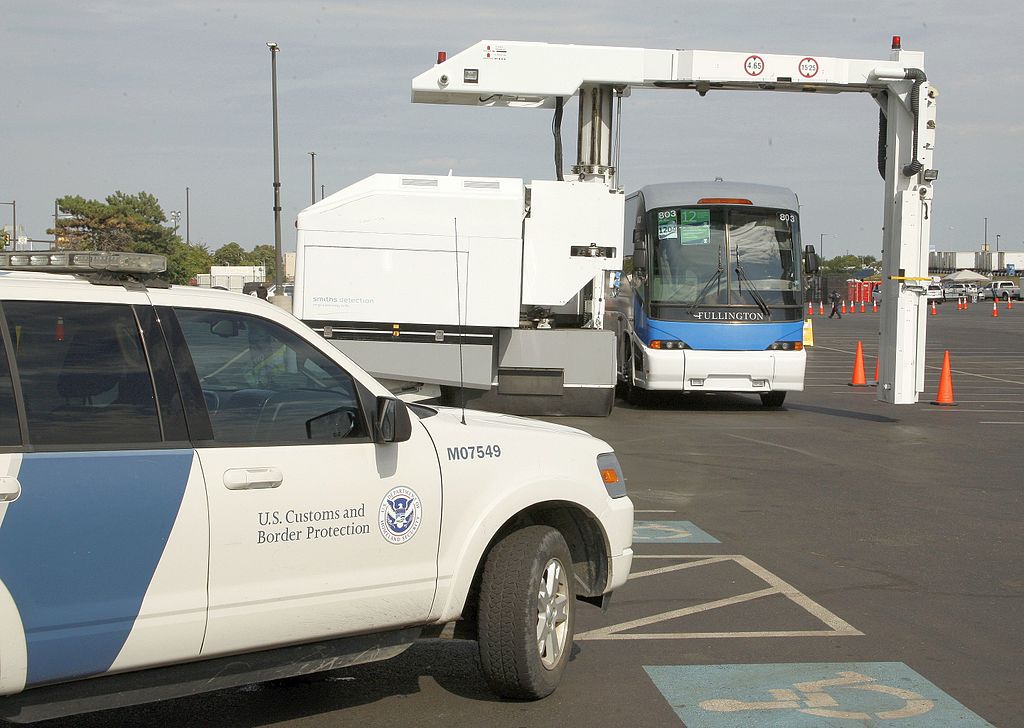The Biden Administration is preparing a strategy for dealing with a possible influx of migrants at the southern border after Covid-19 restrictions end in May.
The Administration is expected to announce new measures as early as this week that reportedly could include increasing the number of Latin Americans currently admitted through the federal refugee settlement program.
The U.S. is also expanding holding facilities at the border while stepping up the rate of asylum screenings.
Currently, Customs and Border Protection has the capacity to detain 6,000 migrants at the border, and it plans to add space for 2,500 more, according to CBP acting commissioner Troy Miller.
On January 30, President Biden said he planned to end the public health emergency for Covid-19 on May 11. The Covid national emergency has already ended early, on April 10.
When the health emergency ends, it will undercut the rationale behind the implementation of Title 42, a decades-old clause in the health code that allows the government to take emergency action to stop the “introduction of communicable diseases” into the U.S.
It had been rarely used until the Trump Administration implemented it as an immigration policy when the Covid pandemic struck. The Biden Administration continued its use, invoking it to expel migrants more than 2 million times, although many were repeat border-crossers.
According to CBP, Mexico and northern Central America accounted for 24% of unique encounters on the border in December 2022, a significant drop from 42% the year prior.
Further, CBP said the number of “unique individuals encountered on the southwest land border in December 2022 was 216,162,” an 11% increase from the prior month.
Nationwide total encounters for the fiscal year through December 2022 was 863,929.


